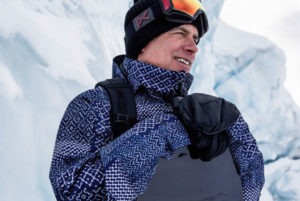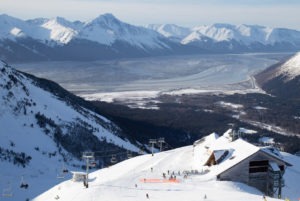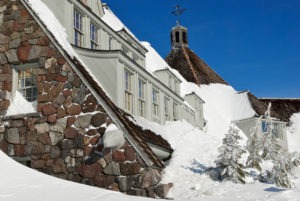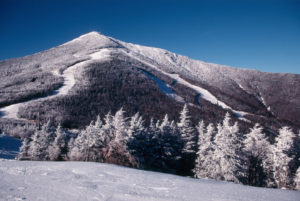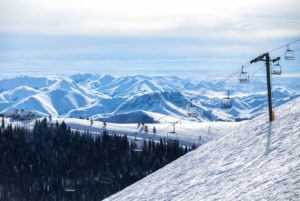Ever get that burning back leg sensation on a powder day, because you’ve spent every run fighting to keep your nose out of the snow so you don’t go over the ‘bars? Rocker has helped ease the pain, but taper—defined as the difference in width between the tip and tail of the board—makes all the more difference when it comes to float and turn-ability. The more taper, the wider the difference between the tip and tail widths, and the better it will slash and turn on deep days.
Taper lets the back of the board sink in powder, so more weight can be applied to the front of the board and you don’t have to over-weight your back leg nearly as much. Being more balanced on your board enables you to make turns with more control because you are not leaning back—you never want to ride in the backseat if it’s avoidable. Taper also shifts the center of sidecut (see Sidecut) toward the back of the board, so you can set your stance back from centered but still be over the sidecut. When you have more taper, and less tail, it’s also easier to make turns in tight trees and chutes since there isn’t as much board behind you to swing around.
Burton’s Fish LTD is an example of a board with heavy taper (30mm), which makes it very adept as powder and soft snow but not ideal for hardpack. The nose is 30mm wider than the tail. To compare, their Malolo (20mm of taper) is a bit more versatile but still strongly tapered for maximum floatation, versus Burton’s Jeremy Jones, which is twin-shaped and not tapered at all. Not all tapered shapes are so powder specific, and many freeride boards have smaller degrees of taper to enhance float while maintaining all-mountain, all-conditions utility.





